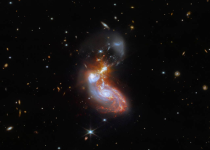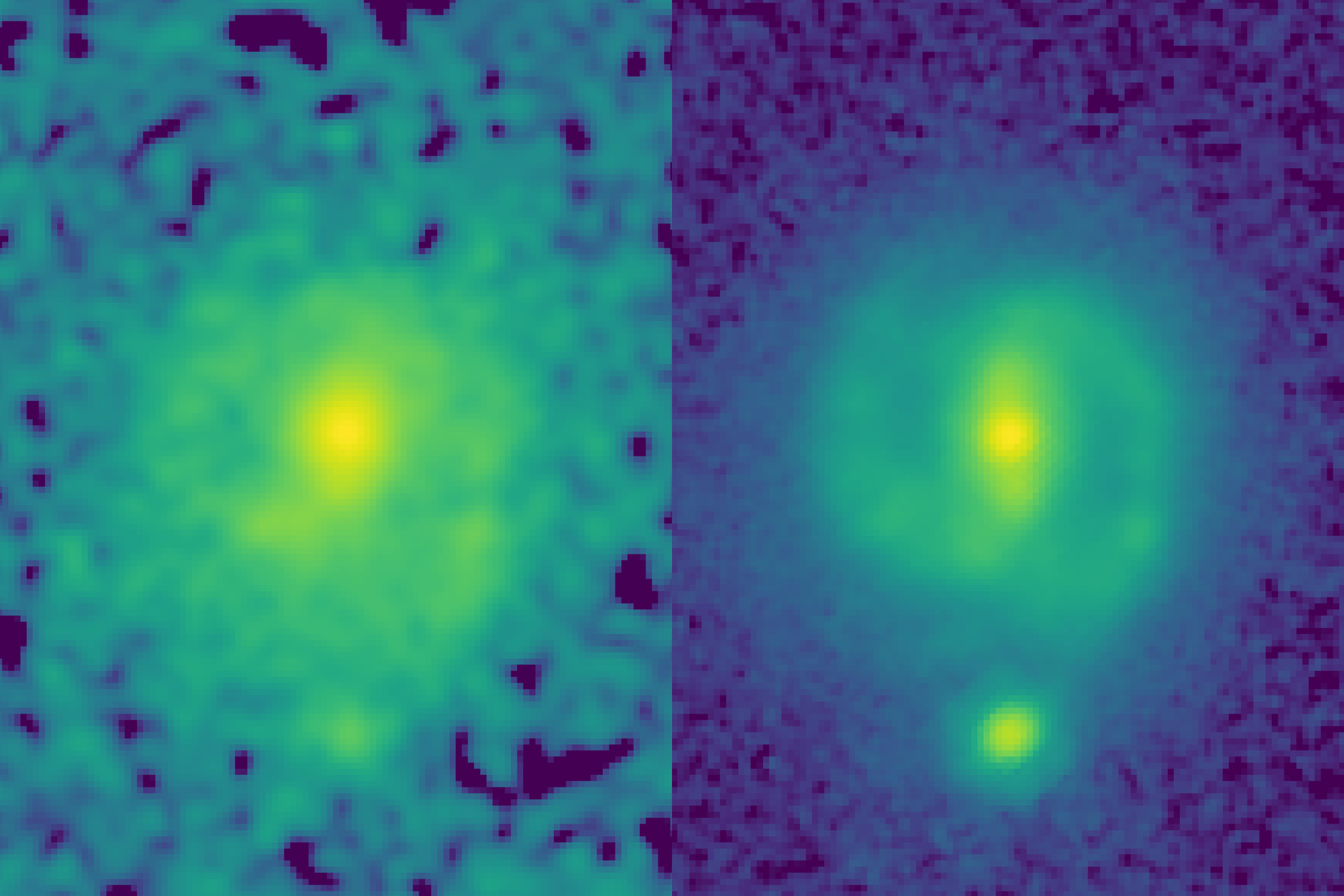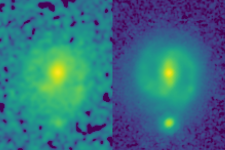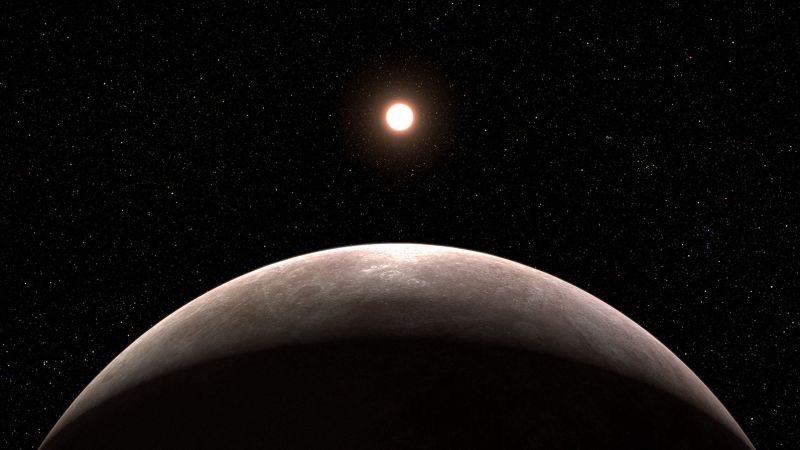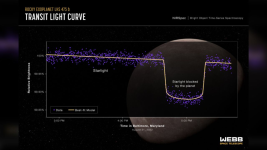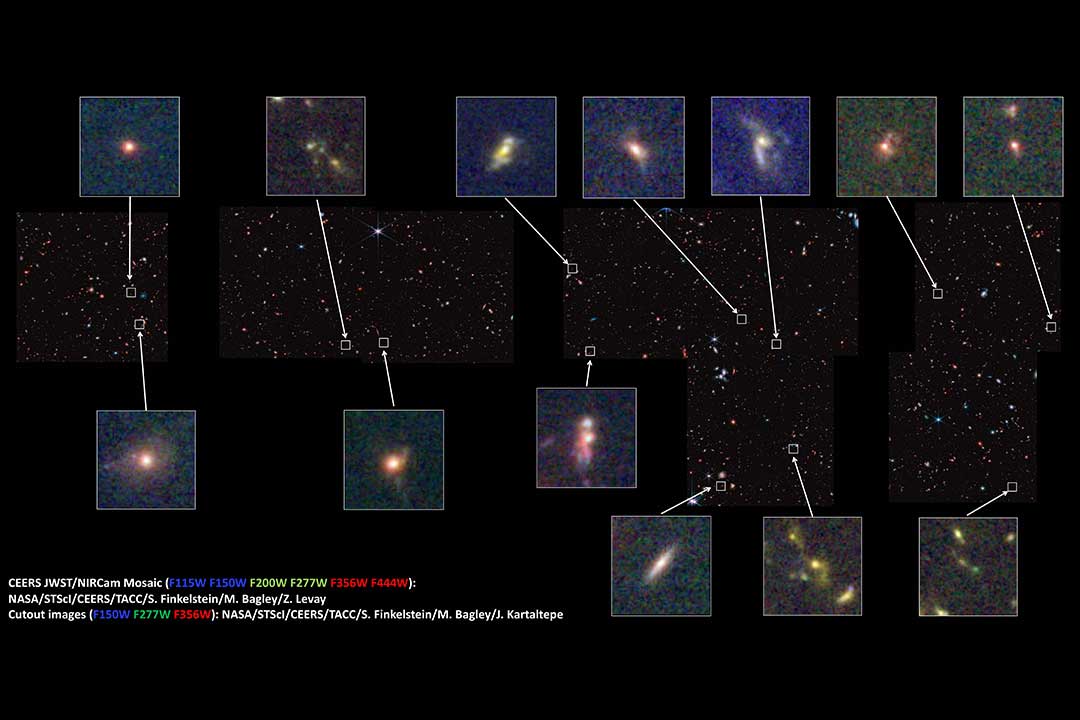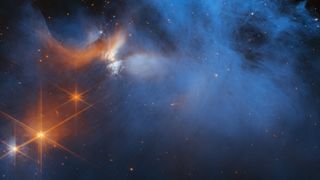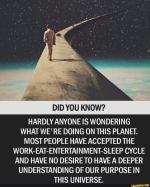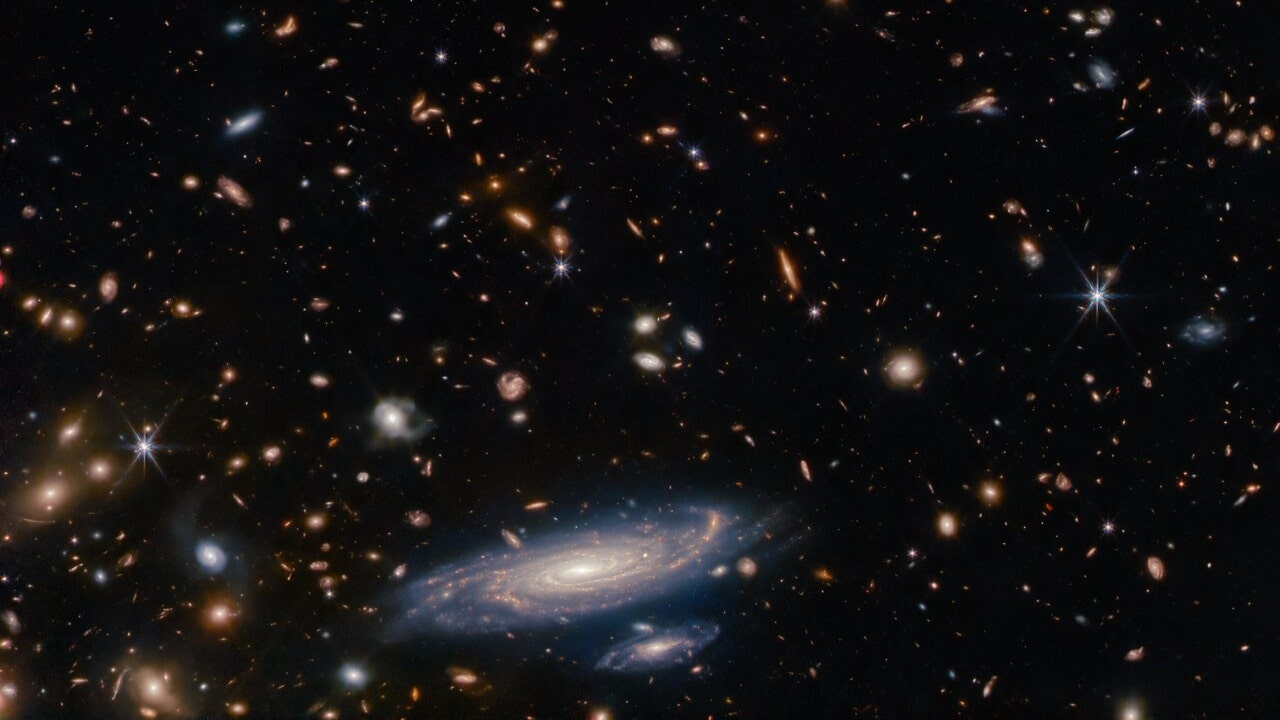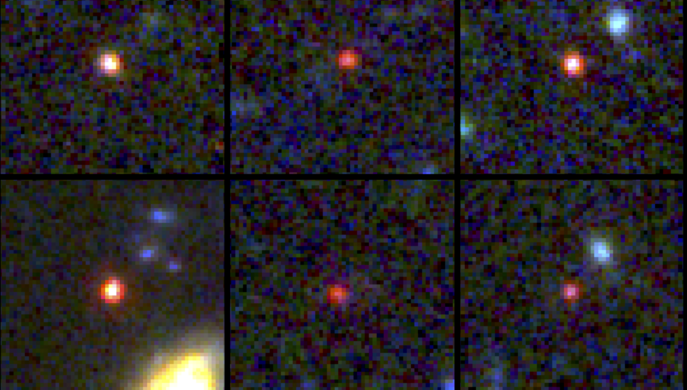The James Webb Telescope detected the coldest ice in the known universe
– and it contains the building blocks of life
By
JoAnna Wendel published about 16 hours ago
The James Webb Space Telescope's latest observations of icy molecules will help scientists understand how habitable planets form.
The James Webb Space Telescope's latest observations of icy molecules will help scientists understand how habitable planets form.

www.livescience.com
A wispy blue cloud of molecular gas glows from the light of distant stars in this James Webb Space Telescope image (Image credit: NASA, ESA, CSA, and M. Zamani (ESA/Webb))
Scientists using the
James Webb Space Telescope (JWST) have observed and measured the coldest ice in the deepest reaches of an interstellar molecular cloud to date. The frozen molecules measured minus 440 degrees Fahrenheit (minus 263 degrees Celsius), according to new research published on Jan. 23 in the journal
Nature Astronomy(opens in new tab).
Molecular clouds made up of frozen molecules, gasses, and dust particles, serve as the birthplace of stars and planets — including habitable planets, like ours. In this latest research, a team of scientists used the JWST’s
infrared camera to investigate a molecular cloud called Chameleon I, about 500 light-years from Earth.
Within the dark, cold cloud, the team identified frozen molecules like carbonyl sulfur, ammonia, methane, methanol, and more. These molecules will someday be a part of the hot core of a growing star, and possibly part of future exoplanets, according to the researchers. They also hold the building blocks of habitable worlds: carbon, oxygen, hydrogen, nitrogen, and sulfur, a molecular cocktail known as COHNS.
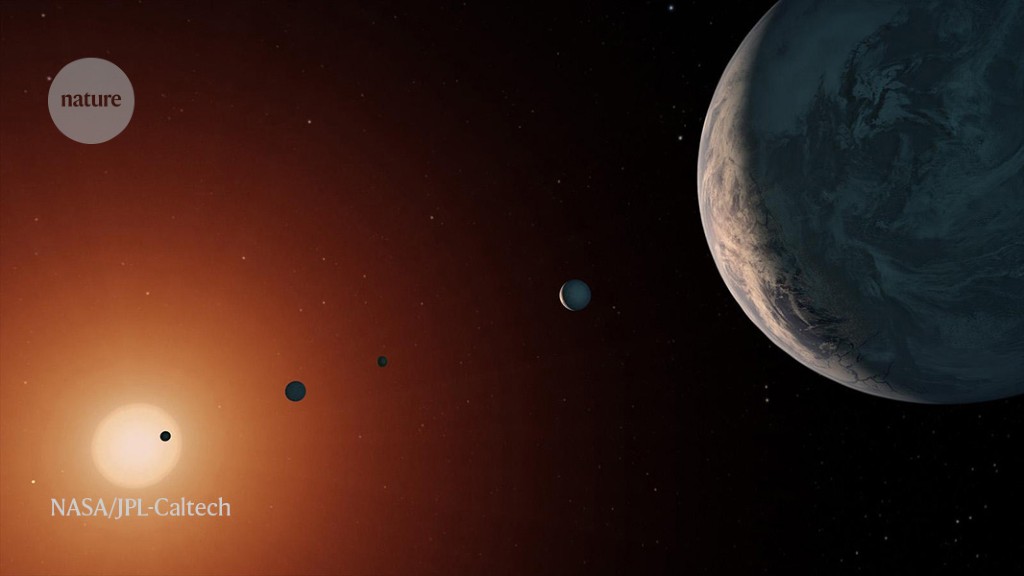

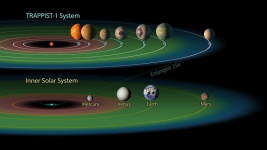



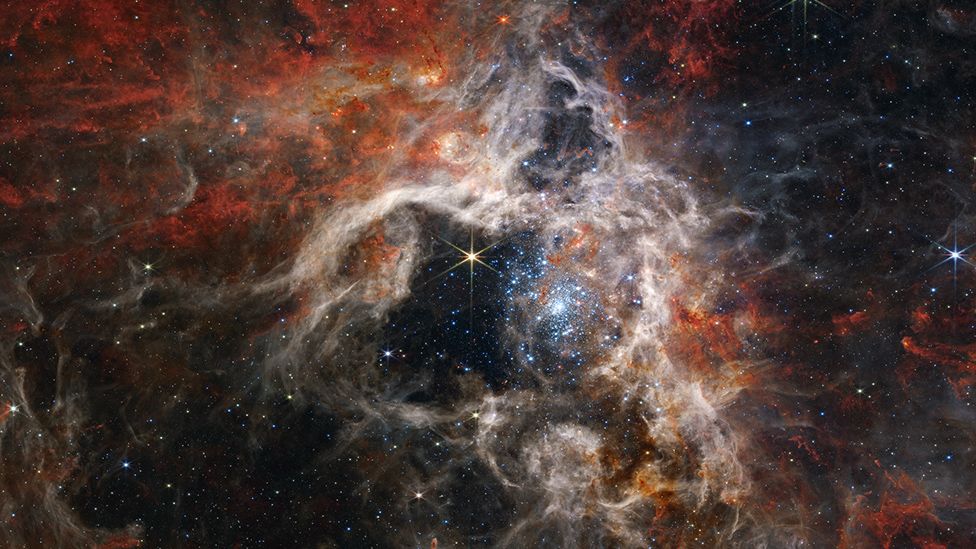
:quality(100)/cloudfront-us-east-1.images.arcpublishing.com/thesummit/DNZBX5BR5ZHLHGMH5YBFVZLQYI.png)

